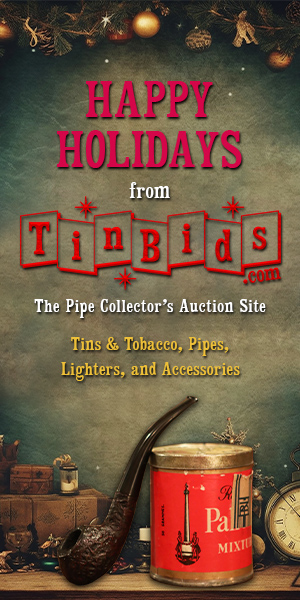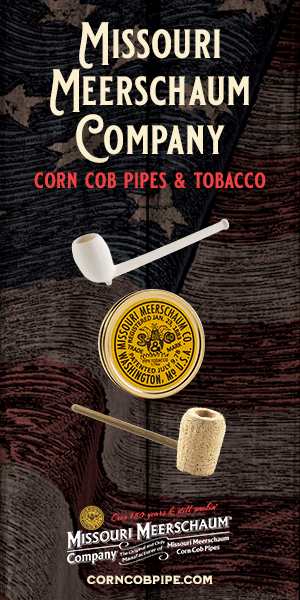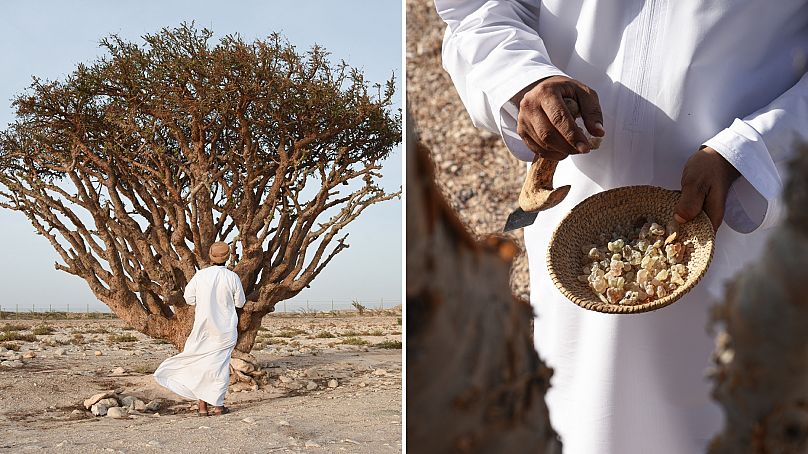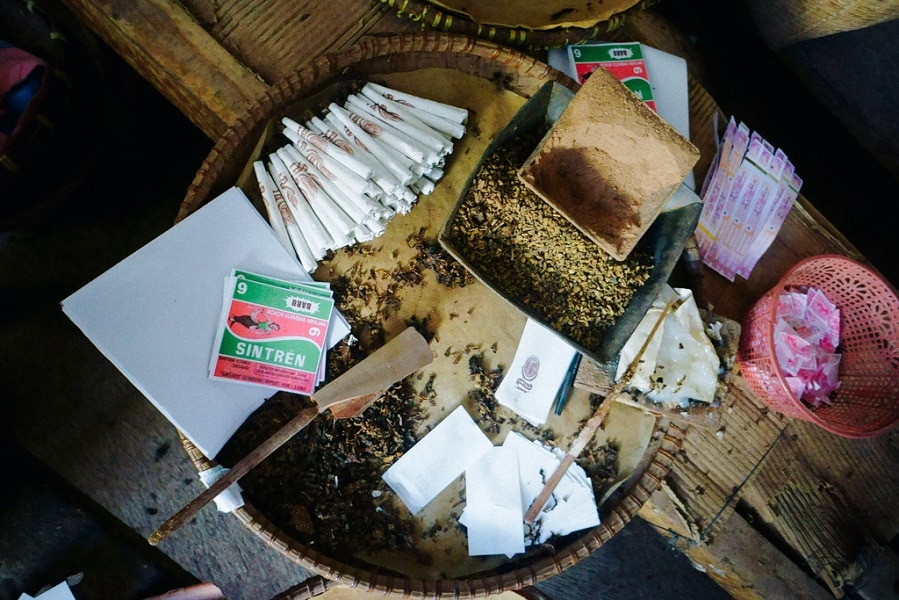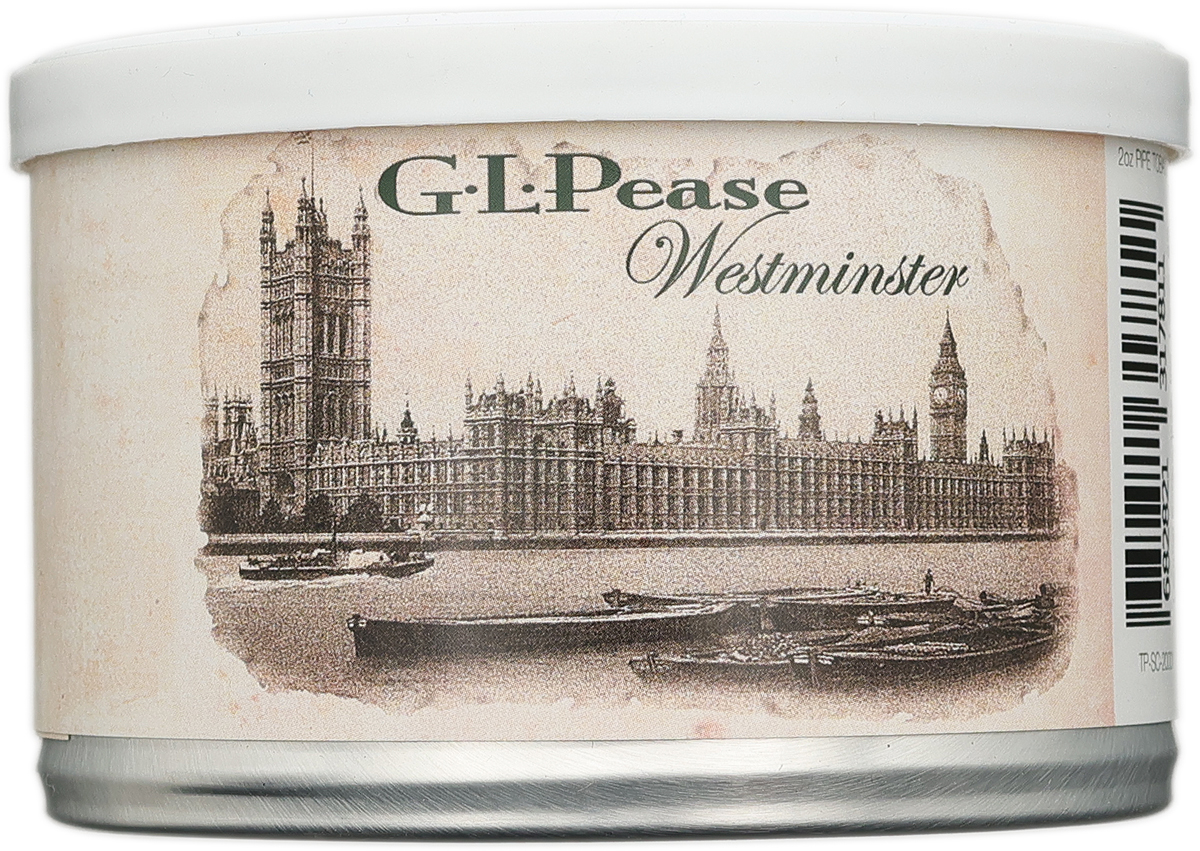Ok, just so I'm clear in understanding you, are we talking the tin note of the blend, or the scents and tastes we perceive when smoking?
Brian,
I am basically focusing on the smoke smell of the blend.
Frankincense smells lemony, and myrrh and galbanum smell like pine, and these smells are in both these resins' tin note and these resins' smoke.
Margate's tin note smells like beef jerky, old wood, and maybe black pepper, but its smoke is impressively thick and oily. The word "aromatic" fits it well. It carries a heavy aroma bringing to my mind the room note of an avant guard art club in the 1920's.
The tin note for Sintren had rhubarb but otherwise wasn't unusual. In my notes from when I tried it last year, I wrote that its smoke had scentiness reminding me of a Hindu temple. But later when I reflected back on it, I could remember a myrrh-resin-like smell.


It should have a Styrax resin scent.
I definitely get a barnyard/hay smell from VaPers or English blends with Perique in them when I open the tin or bag. For example, I just opened a sample of WCC's Ahab's Comfort, and the barnyard smell hit me right away. But lighting up, I also definitely got a resin note that I associate with incense (my best friend in grade school was EO, so I get what you're referencing!).
How strong on a scale of 1 to 10 is the incense smell from those blends that you are talking about?
For instance, when I smoke Fr. Dempsey, the normal tobacco smell is a 8, the barnstall smell of that blend is definitely there but just a 1-2, whereas its potential lavendar incense smell is just a 0-2, to the point that I don't know if I'm imagining it.
To give an analogy that might help, I read about coffee blends that were supposedly "chocolatey". I tried 7-10 blends, like a Guatemalan craft one, looking for that "chocolate" taste. I found that the beans' "tin note" smell and their flavor when cold brewed and mixed with lactose free milk reminded me partly of chocolate. But otherwise at best their flavor brewed in a cup only reminded me analogously to chocolate flavor. Like coffee and chocolate are both brown roasted grown sweet bitter seeds, so their flavors have analogies or overlapping qualities. But the coffees didn't actually taste as if they were chocolate.
The exception to this was a soft powdery Vietnamese coffee blend by Len's in MA. I think it was Truong Lam. That blend reminded me so much of chocolate I imagined that the manufacturer could be mixing chocolate powder into it.
Getting back on topic, it's neat if you have kept a sense of your friend's Church's incense smell and also if you would be noticing what was somehow an actual real incense smell in the blends.
Of course, smell being subjective, I can't say everyone's going to have the same experience!
Right. Moroccan Bazaar literally has incense, but it could be little enough that people might not notice it. One person told me it was "absolutely" like incense, whereas another person told me that he didn't get an incense smell from it, but that he could smell its fruit and clove contents.
I think Mrs. Pickles may be right that the incense smell from Latakia comes from the conifer woods and anacardiaceae species like mastic and terebinth that are used to smoke it. But tobacco leaf itself has a lot of different potential fragrant compounds, which the curing process may also bring out, so maybe you're both right?
Mrs. Pickles was talking about the terebinth or pine smoking process adding incense flavor. I'd heard a theory of that elsewhere, but it wasn't explained in more detail than that. She was also talking about flavors added to the blend to make it more incenselike.
So far I agree with the idea that added flavor can make a blend smell like incense like Margate's casing or topping does.
I don't have much opinion as to how much the wood smoking process for treating Latakia could or would make Latakia smell incense-like. It makes sense because of the maplewood smoked meat scenario: if you smoked bacon with maplewood, it might have a flavor that could remind you of maple syrup. But I don't know how well that would work. Maple syrup is a lot sweeter and oilier than maple wood by itself.




